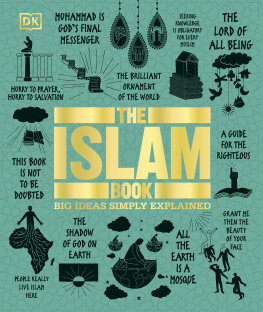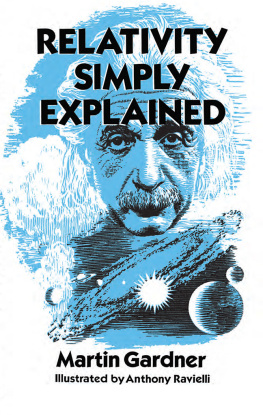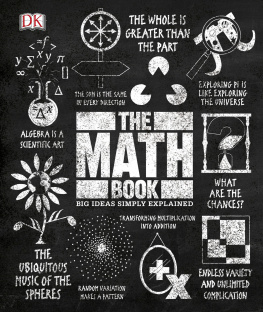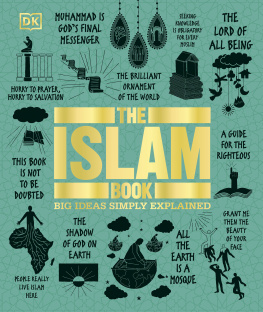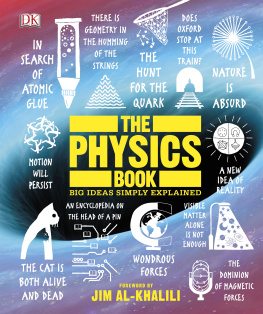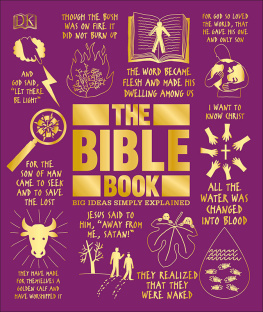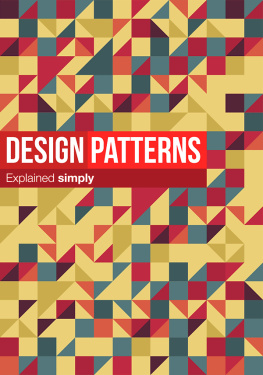Rageh Omaar - The Islam Book: Big Ideas Simply Explained
Here you can read online Rageh Omaar - The Islam Book: Big Ideas Simply Explained full text of the book (entire story) in english for free. Download pdf and epub, get meaning, cover and reviews about this ebook. year: 2020, publisher: DK Publishing, genre: Religion. Description of the work, (preface) as well as reviews are available. Best literature library LitArk.com created for fans of good reading and offers a wide selection of genres:
Romance novel
Science fiction
Adventure
Detective
Science
History
Home and family
Prose
Art
Politics
Computer
Non-fiction
Religion
Business
Children
Humor
Choose a favorite category and find really read worthwhile books. Enjoy immersion in the world of imagination, feel the emotions of the characters or learn something new for yourself, make an fascinating discovery.
- Book:The Islam Book: Big Ideas Simply Explained
- Author:
- Publisher:DK Publishing
- Genre:
- Year:2020
- Rating:4 / 5
- Favourites:Add to favourites
- Your mark:
- 80
- 1
- 2
- 3
- 4
- 5
The Islam Book: Big Ideas Simply Explained: summary, description and annotation
We offer to read an annotation, description, summary or preface (depends on what the author of the book "The Islam Book: Big Ideas Simply Explained" wrote himself). If you haven't found the necessary information about the book — write in the comments, we will try to find it.
The Islam Book: Big Ideas Simply Explained — read online for free the complete book (whole text) full work
Below is the text of the book, divided by pages. System saving the place of the last page read, allows you to conveniently read the book "The Islam Book: Big Ideas Simply Explained" online for free, without having to search again every time where you left off. Put a bookmark, and you can go to the page where you finished reading at any time.
Font size:
Interval:
Bookmark:

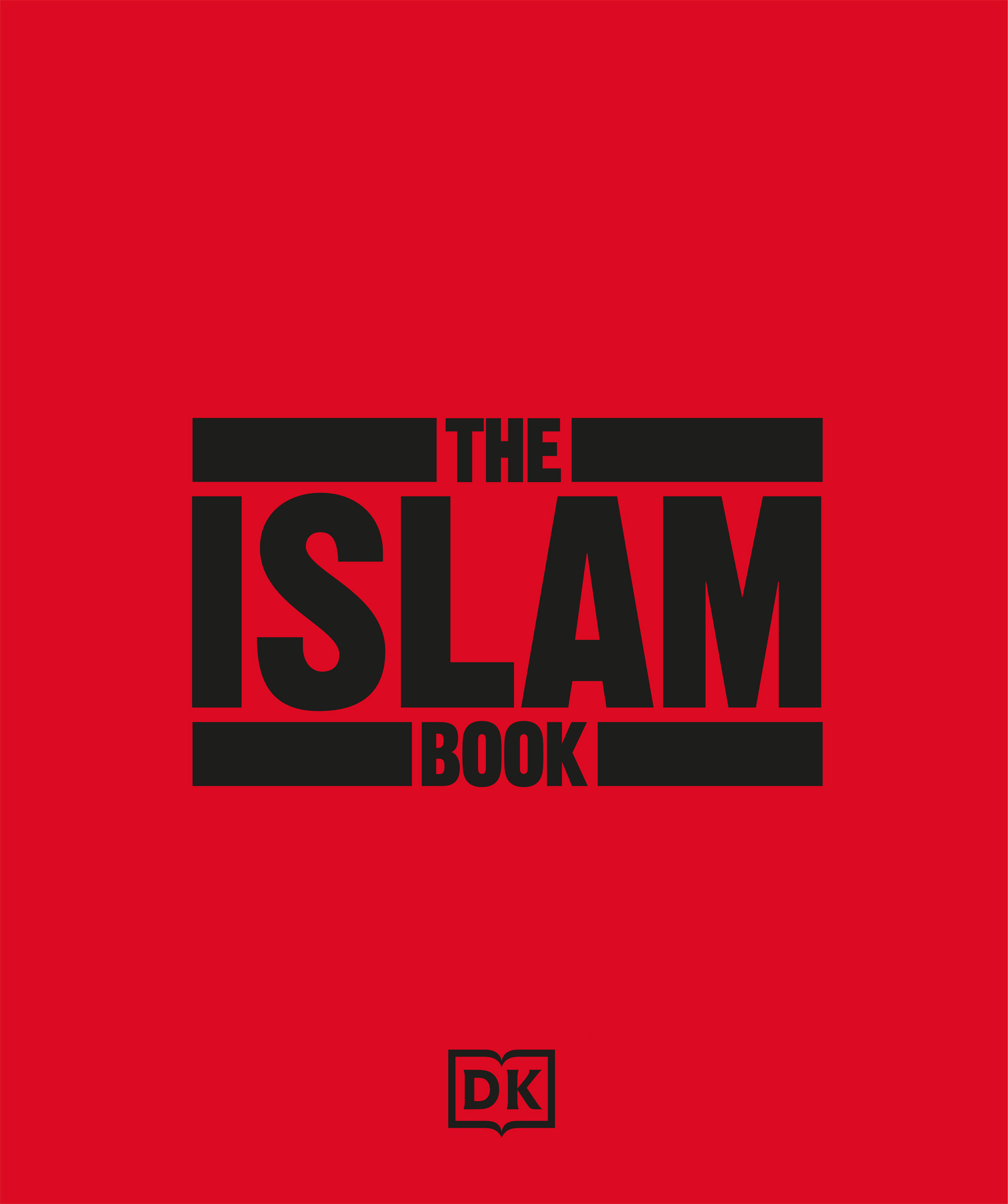
Preferred application settings
For the best reading experience, the following application settings are recommended:
- Color theme: White background
- Font size: At the smallest point size
- Orientation: Landscape(for screen sizes over 9/23cm), Portrait(for screen sizes below 9/23cm)
- Scrolling view: [OFF]
- Text alignment: Auto-justification [OFF](if the eBook reader has this feature)
- Auto-hyphenation: [OFF](if the eBook reader has this feature)
- Font style: Publisher default setting [ON](if the eBook reader has this feature)
- Images: Double tapon the images to see them in full screen and be able to zoom in on them
At the start of the 7th century CE , a man who had just turned 40, a man who had grown up an orphan, clambered up a barren, rocky hillside to reach a cave in a valley near Mecca, an important city for trade and the worship of numerous deities in the Arabian desert. Such retreats were something he had often undertaken for contemplation and solitude. It was up here that, one day, he received his very first revelation from the angel Gabriel, known as Jibreel in Arabicit was one simple word: Read. Gripped by fear and overcome with emotion, he responded, saying, But I dont know how to read. Again, the divine order came: Read. Then, miraculously, having not thought himself capable, he began to recite the first words of a new holy book. That man, Muhammad, would go on to become the Prophet, and the revelation that started in the Cave of Hira would become known as the Quran, the holy book of Islamthe religion followed by an estimated 1.8 billion people across the world.
For me, one of the most profound and telling aspects of this moment of Islams birth is that the very first word with which the religion was brought into being was Read. I can think of no other word today that is as relevant and vital to the contemplation of Islam than read. A huge part of my life over the last 25 years as an international news reporter has involved bearing witness to political upheaval, conflict, and humanitarian tragedies in Muslim countriesas someone who was himself raised as a Muslim. From Iraq to Indonesia, Somalia to Syria, Bosnia to Bangladesh, I have witnessed and tried to convey to viewers of all faithsand those with noneconflict and misunderstanding between Muslims and the West, between Muslims and non-Muslims, and also among Muslims themselves. As Ive done so, I have always traveled to my assignments carrying books. Books like this one, that you now hold in your hands. In my travels across the Islamic world during these turbulent decades, I have worked alongside diplomats, soldiers, and humanitarian relief workers who would often say how valuable it would be to have a reference book that gives a clear and accessible explanation about the principles of Islam and the rich, multilayered history of the religion and the ideas that have inspired it. The remarkable achievement of this book is that it provides an invaluable resource for Muslims and non-Muslims alike. Discussions of the flowering of Islams scientific Golden Age and the uses of calligraphy, as well as questions about womens rights in Islam and the rise of extremism, help all of us, whether we call ourselves Muslim or not, to understand the faith better. The joy of this clearly written and cleverly illustrated book is that it starts from the premise that there are no questions too simple for this book to be of interest and value. The reverse is also true; however much you think you know about Islamic history and the Muslim world, this book will still delight and open doors to this faith for you.

Rageh Omaar
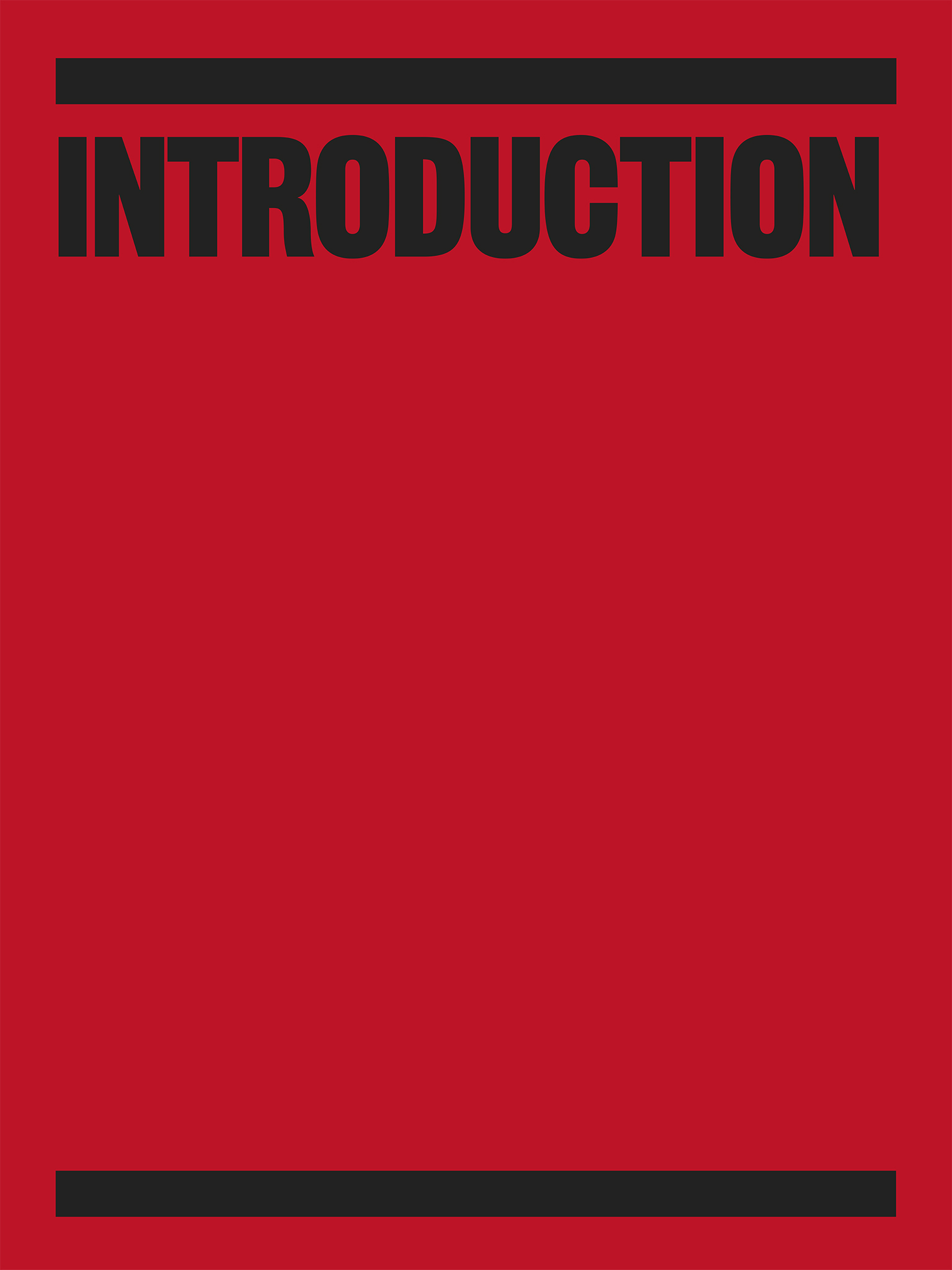
This book describes the foundational ideas not just of Islam, the religion, but also of many of the great Islamic civilizations, cultures, and political and social movements that the religion inspired, and continues to inspire.
Along with Judaism and Christianity, Islam is one of the worlds three great monotheistic religions. It was founded in the early 7th century CE by Muhammad, a merchant from the city of Mecca (Makkah) on the Arabian Peninsula. He received from God the revelations contained in the Quran, the holy book of Islam, and preached them to a steadily increasing group of followers. Muhammad was not preaching a wholly new religion, rather he was urging the primarily polytheist inhabitants of Arabia to return to the worship of the one true God. This was the same God of the Abrahamic tradition, whose past prophets included Ibrahim (Abraham), Musa (Moses), and Isa (Jesus)who Muslims believe is not the son of God, but a prophet. For Muslims, Muhammad is the last in this line of prophets.
The three religions of the Book share a belief in the transience of earthly life, in the imperative of prayer and good deeds, in our accountability before God for our actions, and in the assurance of a return to God on the Day of Judgement. For Muslims, this is all described in the Quran, which, along with the sayings and examples set by the Prophet during his lifetime, laid the blueprint for a life in Islam.

You cant talk about Muslims or Islam if you dont know it.
Ghostface Killah
American rapper, 2015 interview with Vice magazine
Islam is a holistic religion that integrates all aspects of life. Traditionally in Islam there was no division between what the Western world terms Church and State. Muhammad and his immediate successors were religious, political, and military leaders in one office. The ideas enshrined in Islam were spread rapidly from Arabia and throughout what we now call the Middle East and across North Africa. Islam advanced into Europe, taking root in southern Spain; it moved deeper into Africa, and through Central Asia, into India and east to China. Muslim traders took Islam to Southeast Asia, where it flourished on the islands and archipelagos of the Indian Ocean.
As the religion expanded, scholars, clerics, and legal minds took what were oral traditions and engaged in a process of verification and transcriptiondefining the Islamic identity. From this came a framework for Islamic law, or Sharia, new practices of Quranic interpretation, an Islamic calendar, and many of the traditions that define the faith.
There were those who objected to the codification of the religion and who pursued their own more personal version of Islamthey would be known as Sufis. There were disagreements, too, over who should succeed Muhammad as leader of the Muslims; one group split from the mainstream and became known as the Shia.
Font size:
Interval:
Bookmark:
Similar books «The Islam Book: Big Ideas Simply Explained»
Look at similar books to The Islam Book: Big Ideas Simply Explained. We have selected literature similar in name and meaning in the hope of providing readers with more options to find new, interesting, not yet read works.
Discussion, reviews of the book The Islam Book: Big Ideas Simply Explained and just readers' own opinions. Leave your comments, write what you think about the work, its meaning or the main characters. Specify what exactly you liked and what you didn't like, and why you think so.

